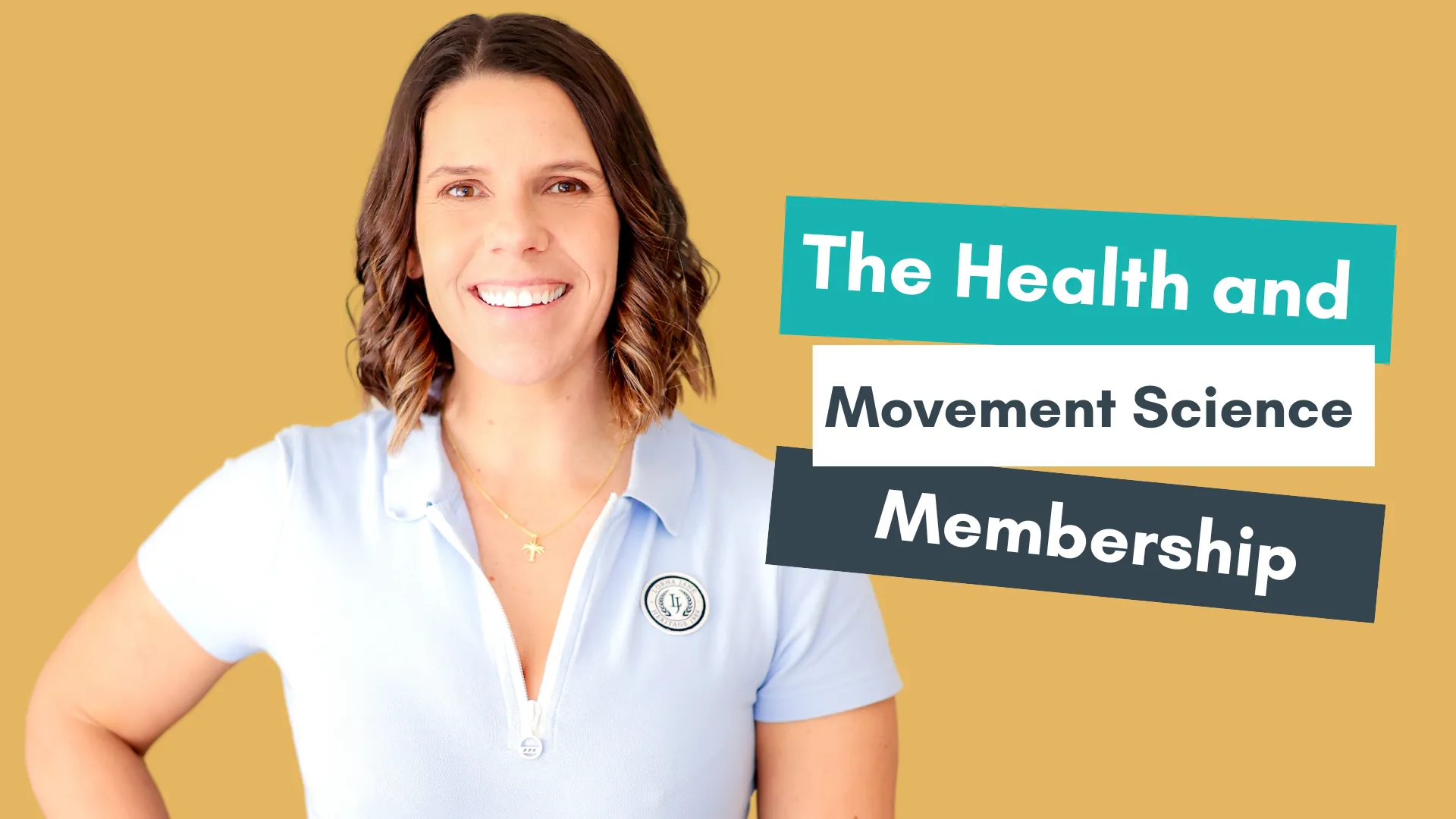How do individuals train for sustained movement and performance?
Content Point Four
Explain the management and prevention of sporting injuries
Including:
- classification of sports injuries, including direct and indirect, soft and hard tissue or overuse
- assessment of injuries, including the Talk, Observe, Touch, Active movement, Passive movement, Skill (TOTAPS) test
- management of injuries
- rehabilitation procedures, including progressive mobilisation, graduated exercise, training, use of heat and cold
- return-to-play policy and procedures, including application to different sports, responsibility
NESA Glossary of Key Words:
Explain - Relate cause and effect; make the relationships between things evident; provide why and/or how.
The management and prevention of sporting injuries
How do individuals train for sustained movement and performance?
Content Point Four
Explain the management and prevention of sporting injuries
Including:
- classification of sports injuries, including direct and indirect, soft and hard tissue or overuse
- assessment of injuries, including the Talk, Observe, Touch, Active movement, Passive movement, Skill (TOTAPS) test
- management of injuries
- rehabilitation procedures, including progressive mobilisation, graduated exercise, training, use of heat and cold
- return-to-play policy and procedures, including application to different sports, responsibility
NESA Glossary of Key Words:
Explain - Relate cause and effect; make the relationships between things evident; provide why and/or how.
Classification of sports injuries
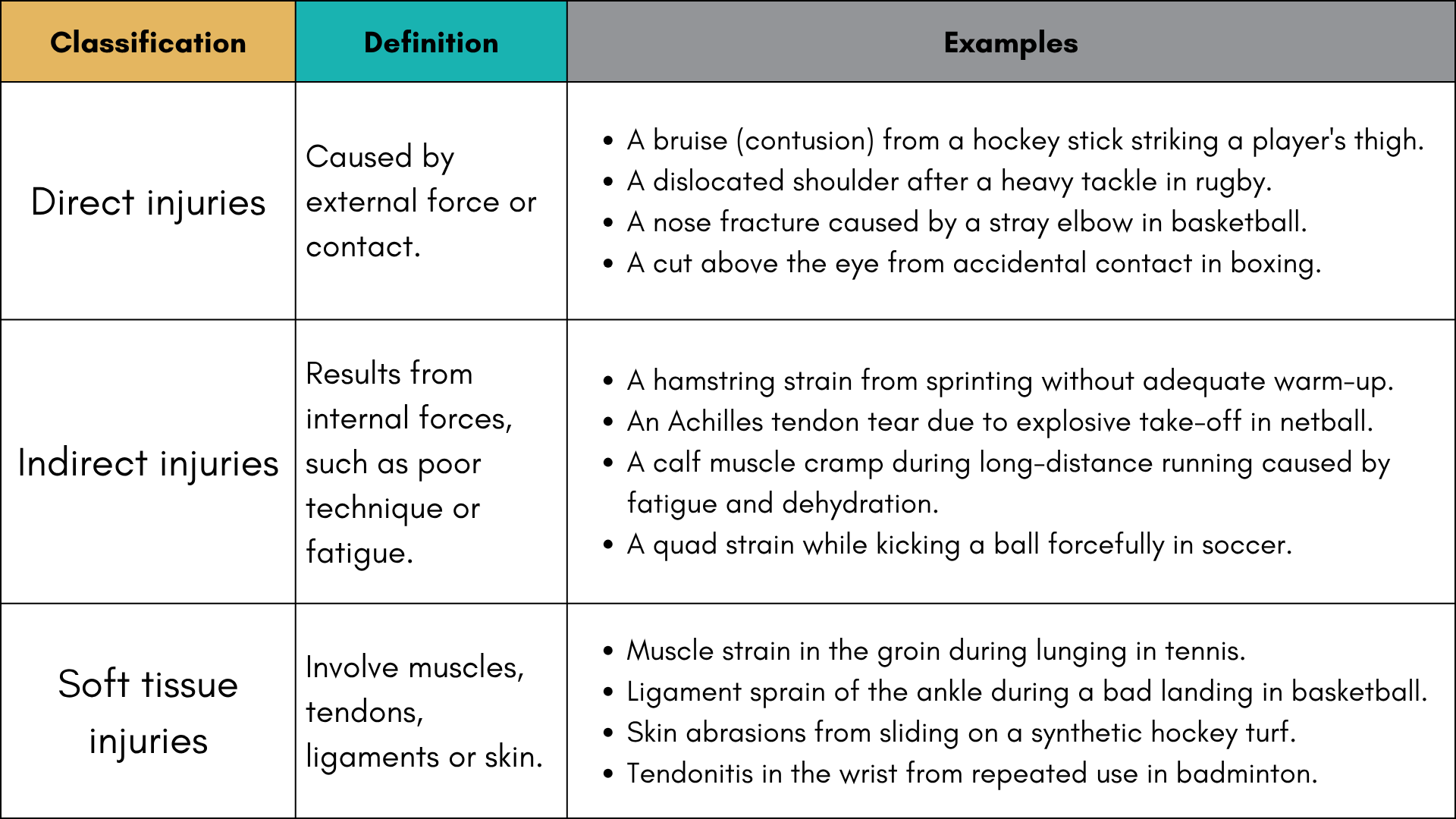
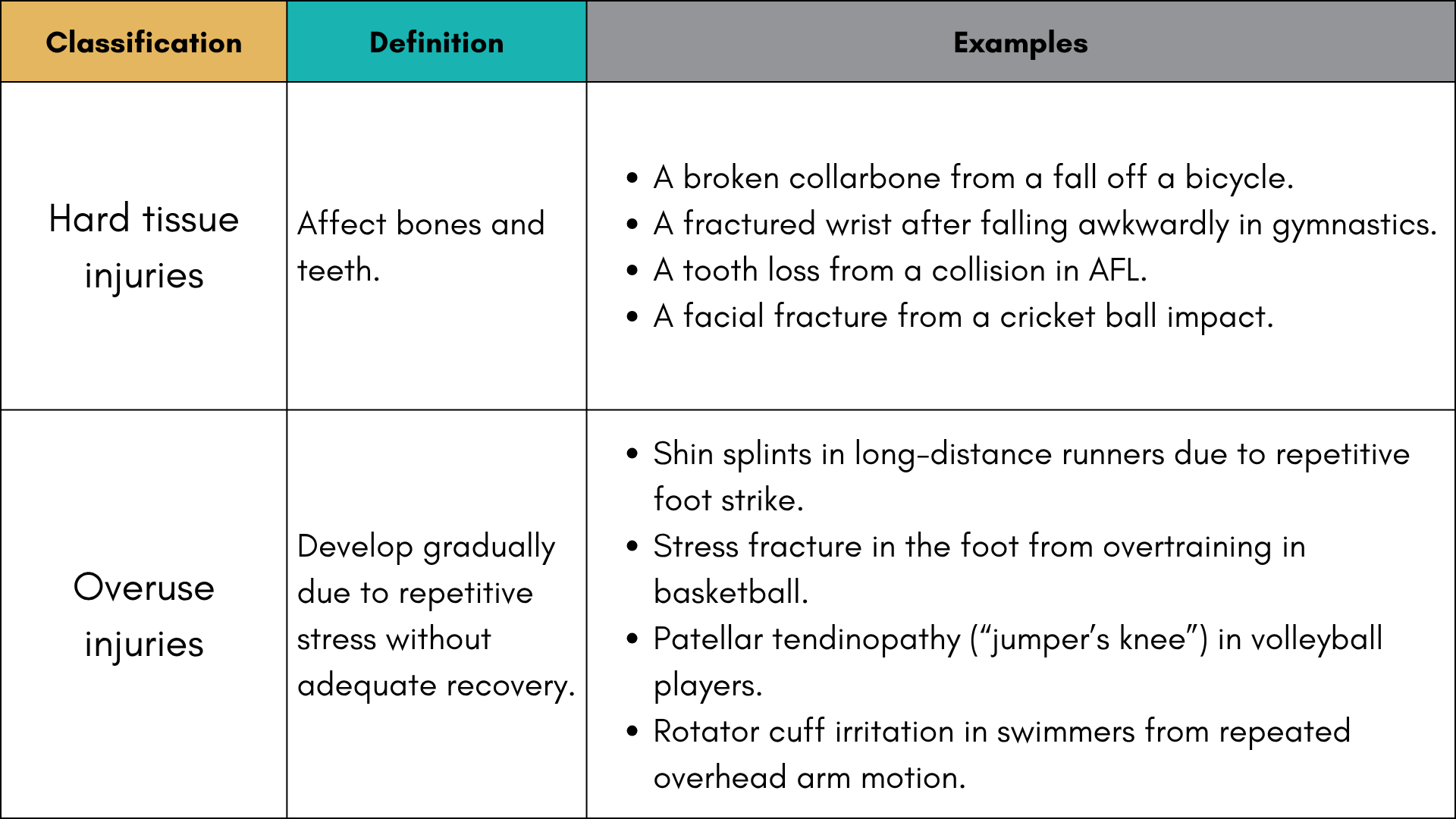
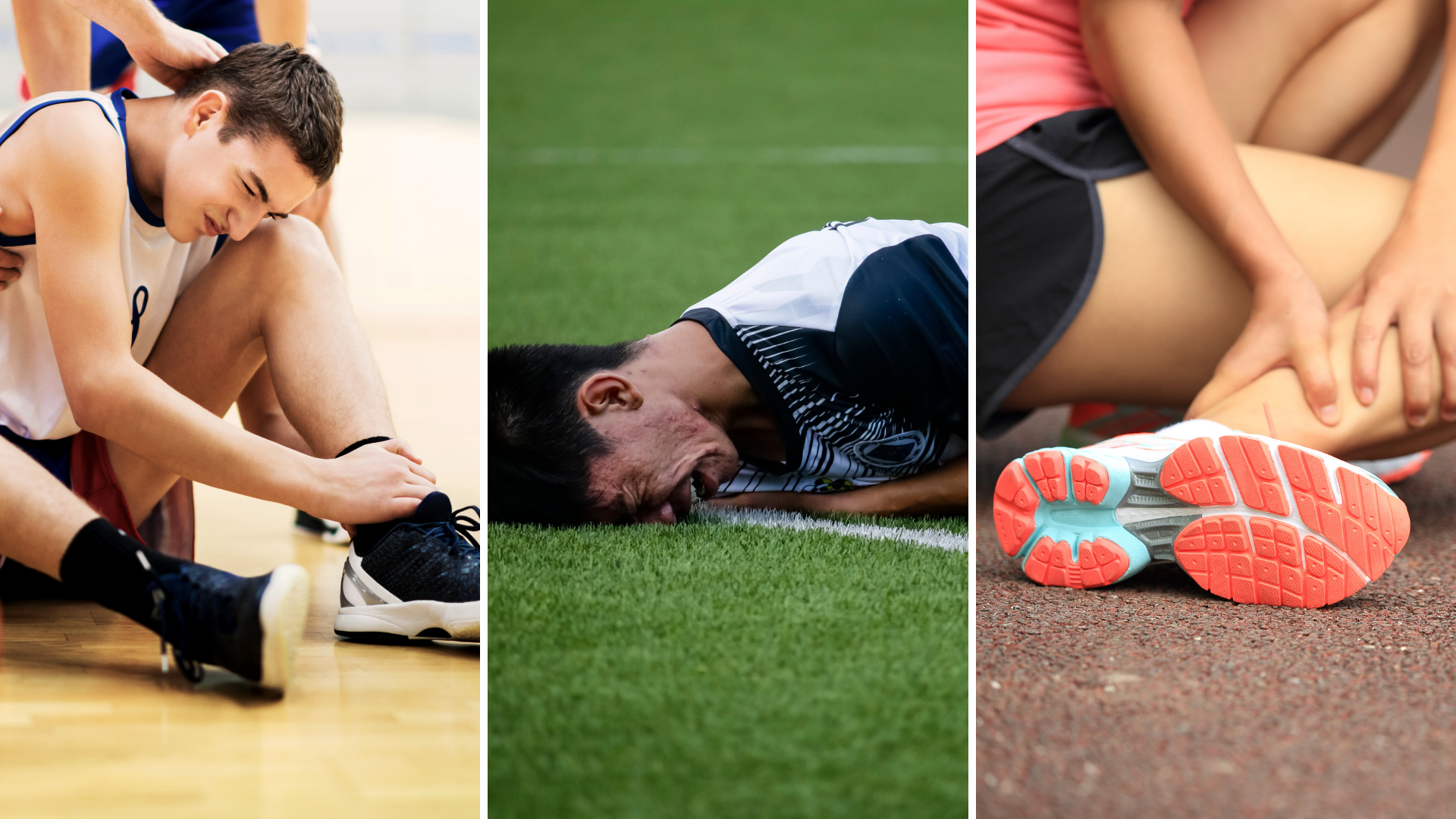
How do individuals train for sustained movement and performance?
Content Point Four
Explain the management and prevention of sporting injuries
Including:
- classification of sports injuries, including direct and indirect, soft and hard tissue or overuse
- assessment of injuries, including the Talk, Observe, Touch, Active movement, Passive movement, Skill (TOTAPS) test
- management of injuries
- rehabilitation procedures, including progressive mobilisation, graduated exercise, training, use of heat and cold
- return-to-play policy and procedures, including application to different sports, responsibility
NESA Glossary of Key Words:
Explain - Relate cause and effect; make the relationships between things evident; provide why and/or how.
Assessment of sports injuries

How do individuals train for sustained movement and performance?
Content Point Four
Explain the management and prevention of sporting injuries
Including:
- classification of sports injuries, including direct and indirect, soft and hard tissue or overuse
- assessment of injuries, including the Talk, Observe, Touch, Active movement, Passive movement, Skill (TOTAPS) test
- management of injuries
- rehabilitation procedures, including progressive mobilisation, graduated exercise, training, use of heat and cold
- return-to-play policy and procedures, including application to different sports, responsibility
NESA Glossary of Key Words:
Explain - Relate cause and effect; make the relationships between things evident; provide why and/or how.
Management of sports injuries

How do individuals train for sustained movement and performance?
Content Point Four
Explain the management and prevention of sporting injuries
Including:
- classification of sports injuries, including direct and indirect, soft and hard tissue or overuse
- assessment of injuries, including the Talk, Observe, Touch, Active movement, Passive movement, Skill (TOTAPS) test
- management of injuries
- rehabilitation procedures, including progressive mobilisation, graduated exercise, training, use of heat and cold
- return-to-play policy and procedures, including application to different sports, responsibility
NESA Glossary of Key Words:
Explain - Relate cause and effect; make the relationships between things evident; provide why and/or how.
Rehabilitation of sports injuries

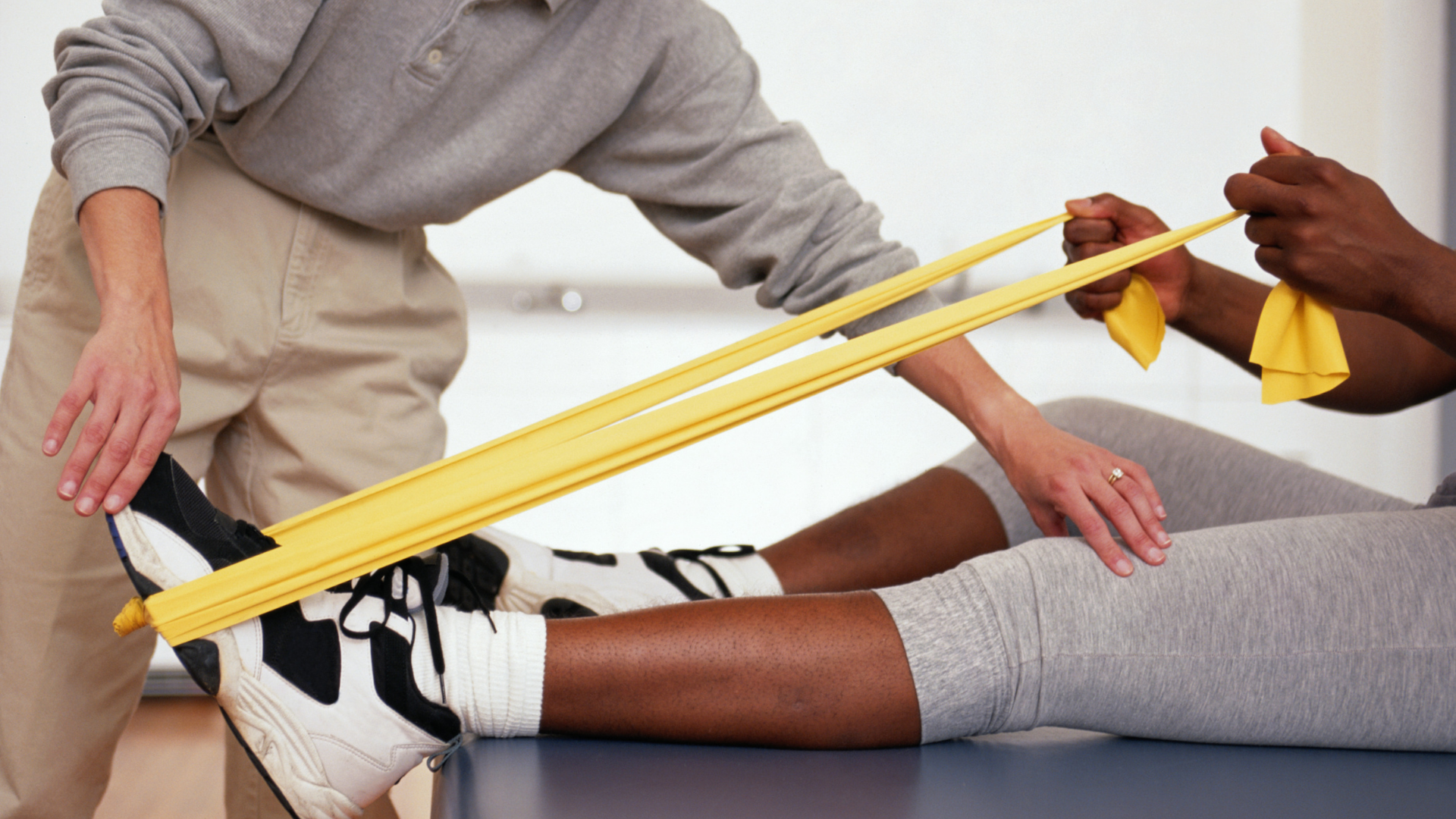
How do individuals train for sustained movement and performance?
Content Point Four
Explain the management and prevention of sporting injuries
Including:
- classification of sports injuries, including direct and indirect, soft and hard tissue or overuse
- assessment of injuries, including the Talk, Observe, Touch, Active movement, Passive movement, Skill (TOTAPS) test
- management of injuries
- rehabilitation procedures, including progressive mobilisation, graduated exercise, training, use of heat and cold
- return-to-play policy and procedures, including application to different sports, responsibility
NESA Glossary of Key Words:
Explain - Relate cause and effect; make the relationships between things evident; provide why and/or how.
Cold and Heat Therapy
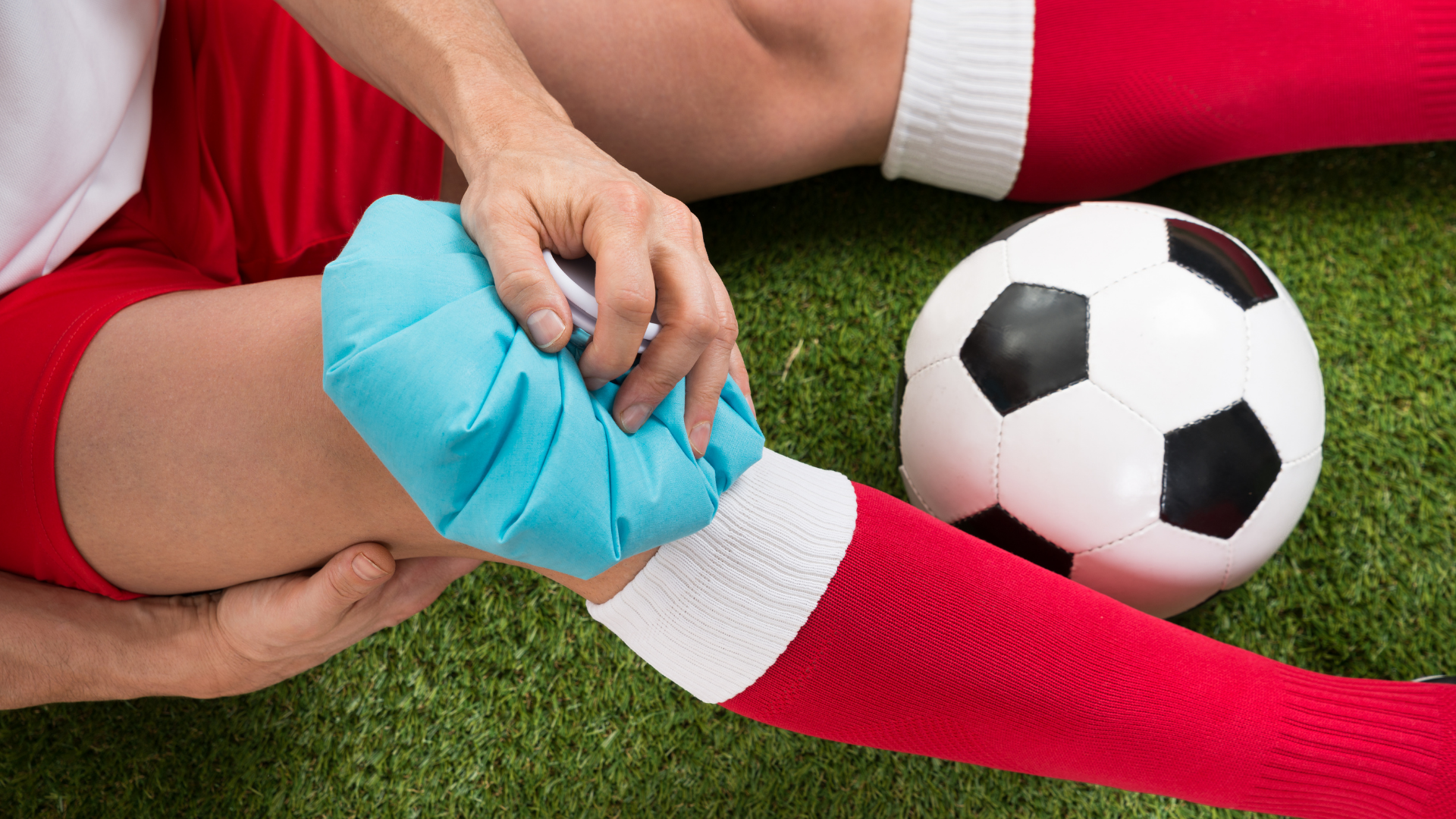

How do individuals train for sustained movement and performance?
Content Point Four
Explain the management and prevention of sporting injuries
Including:
- classification of sports injuries, including direct and indirect, soft and hard tissue or overuse
- assessment of injuries, including the Talk, Observe, Touch, Active movement, Passive movement, Skill (TOTAPS) test
- management of injuries
- rehabilitation procedures, including progressive mobilisation, graduated exercise, training, use of heat and cold
- return-to-play policy and procedures, including application to different sports, responsibility
NESA Glossary of Key Words:
Explain - Relate cause and effect; make the relationships between things evident; provide why and/or how.
Return to play policies and procedures
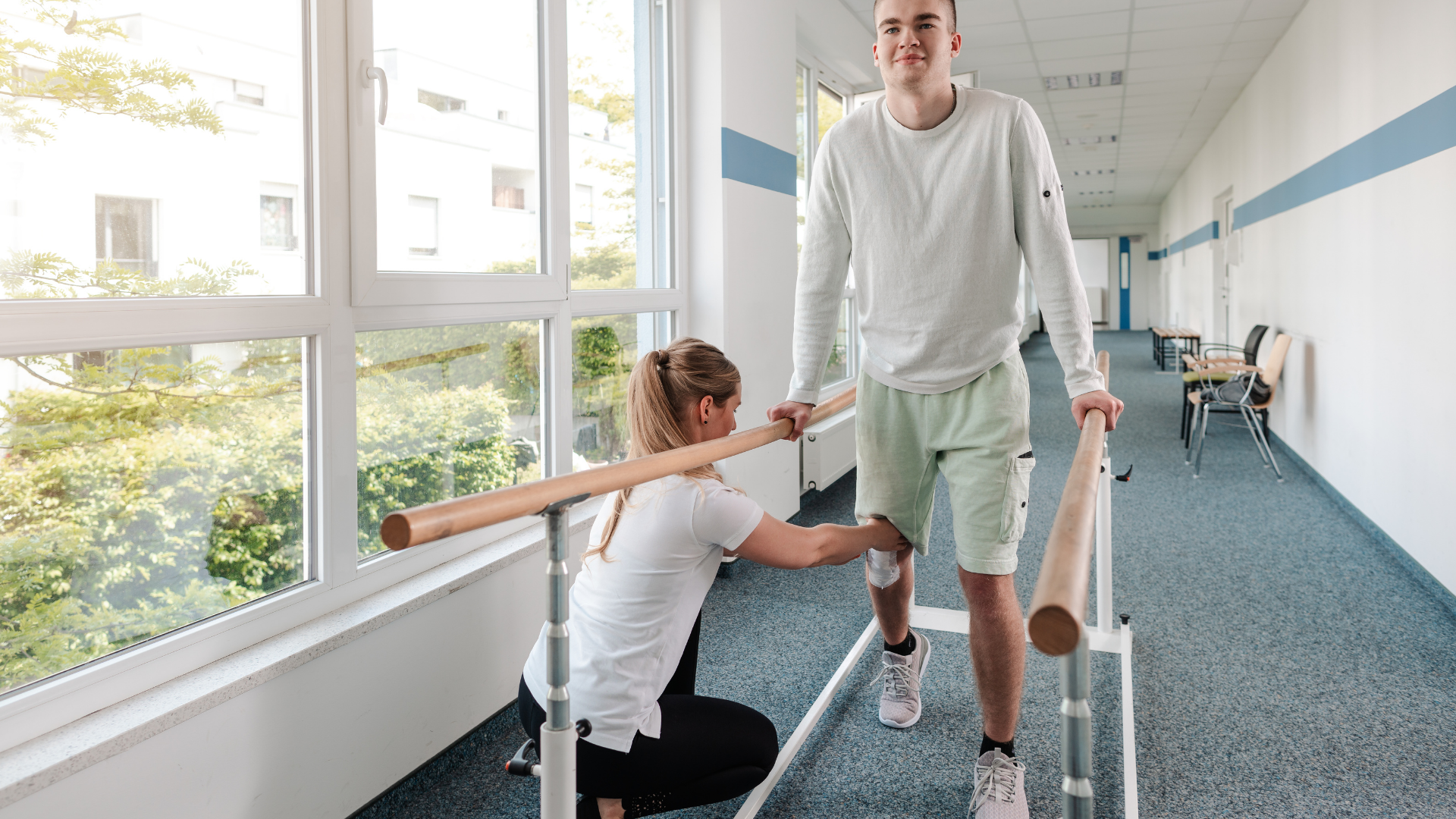
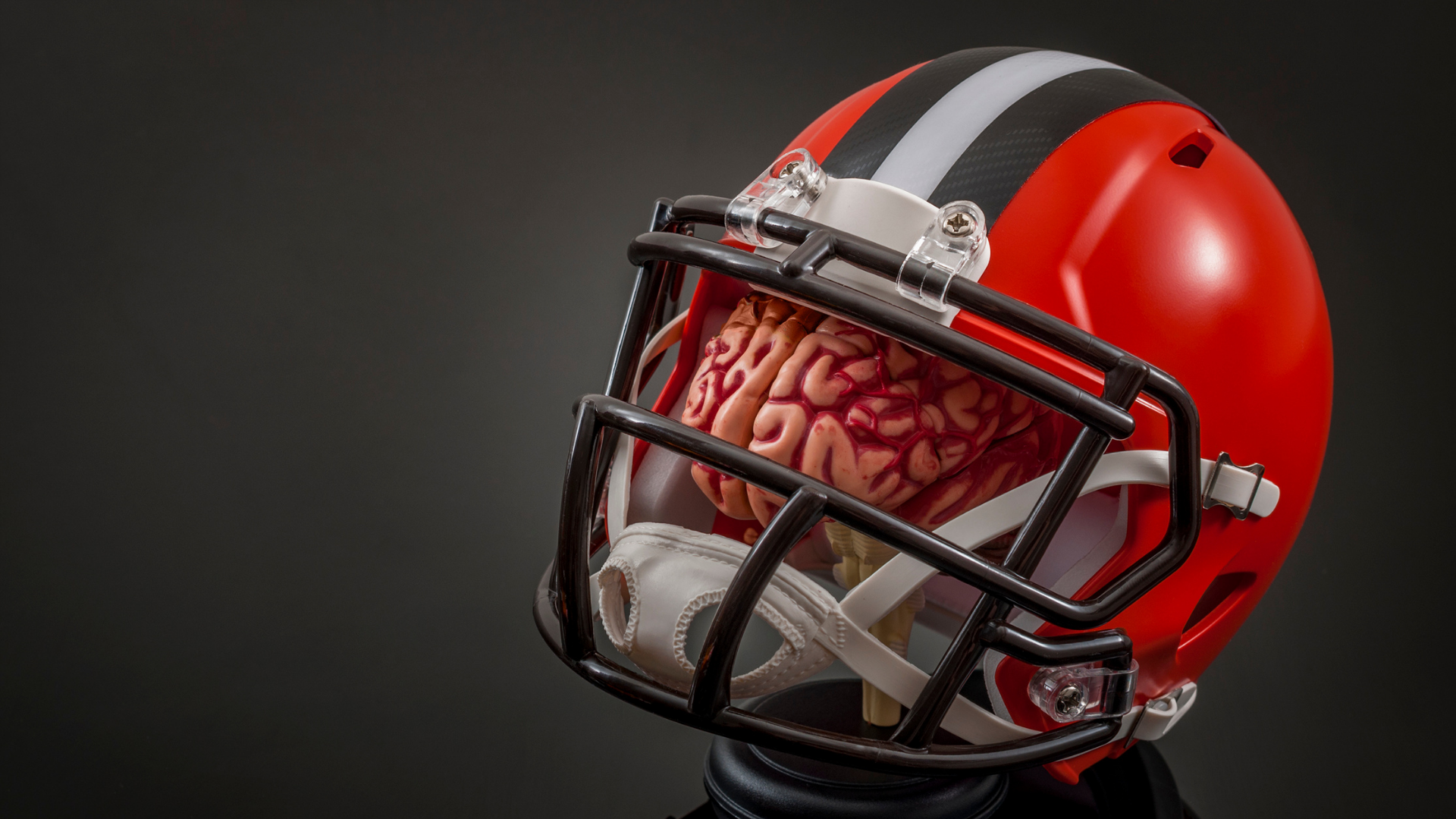
Learning Activities
1. Divide class into 2-4 teams. On the board, write the following injury categories:
- Direct soft tissue
- Indirect soft tissue
- Direct hard tissue
- Indirect hard tissue
- Overuse injury (soft/hard)
Give each team a stack of sticky notes. Set a timer for 5 minutes. Students need to brainstorm sport-specific injury examples that fit the categories. One student from each team runs up at a time and sticks a written injury example under the correct heading. Students rotate in their teams until time is up. At the end, the class checks and justifies each team’s answers together.
2. Students select 9 sport injuries from the previous activity and write these on a 3x3 grid. Students will then participate in a game of ‘Sports Injury Bingo’. The teacher will call out an injury classification (direct, indirect, hard tissue, soft tissue, overuse, or a combination such as direct soft tissue) and students need to mark ONE corresponding injury on their card. The first student to complete a row, column or diagonal shouts "Injury Bingo!" and justifies their answers to the class.
4. Choose an injury from one of the previous activities and devise a sporting scenario in which this injury could occur. In pairs, students role play injury assessment using the TOTAPS regime. One student is the injured athlete and one is the assessor and then swap roles.
5. Rehabilitation procedures. Choose an injury (ankle sprain, shoulder dislocation, hamstring strain) and complete the following in pairs;
- One partner role-plays the injured athlete. The other designs and demonstrates 3 progressive mobilisation movements, starting with gentle range of motion and increasing slightly. Swap roles.
- Research and perform 3 injury-relevant stretches. Discuss if each is static or dynamic.
- Design a low-impact conditioning circuit (can include bodyweight, bands, or cardio).
- Share how it could be adapted for different injury types.
- Research and justify 3 total body fitness activities that are safe for a player returning from the injury.
- Create an infographic comparing heat vs cold and then discuss which would you use for the chosen injury after 1 hour and after 5 days?
Revision Questions
1. Explain how injuries are classified, providing examples.
2. Justify the importance of TOTAPS in assessing sports injuries.
3. Describe the key stages of rehabilitation from a sports injury.
4. Describe examples of return-to-play protocols that are used in sport.
4. Analyse how return-to-play procedures vary between sports.
5. Justify the need for concussion protocols in sport.
Sample Answers
Sample answers coming soon.

